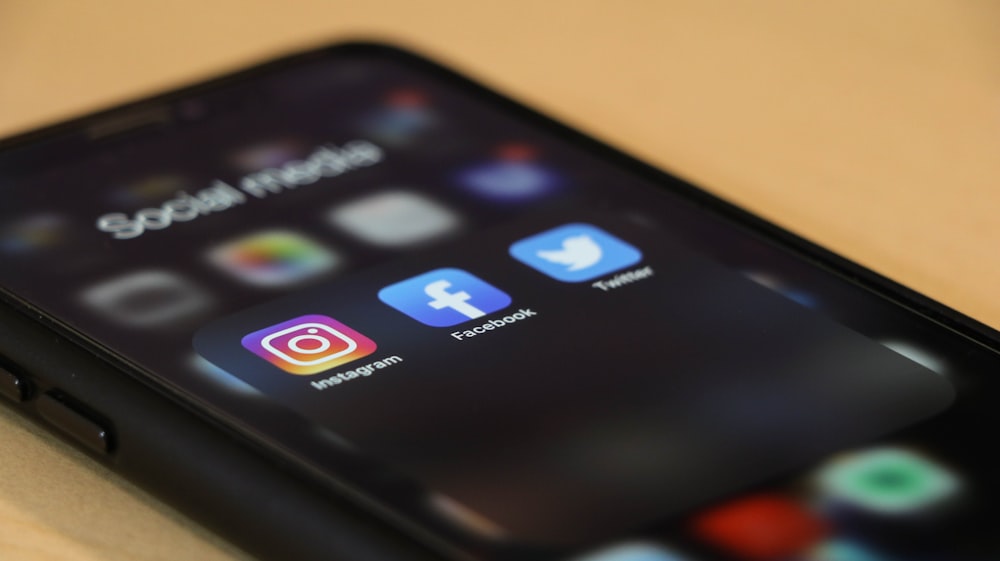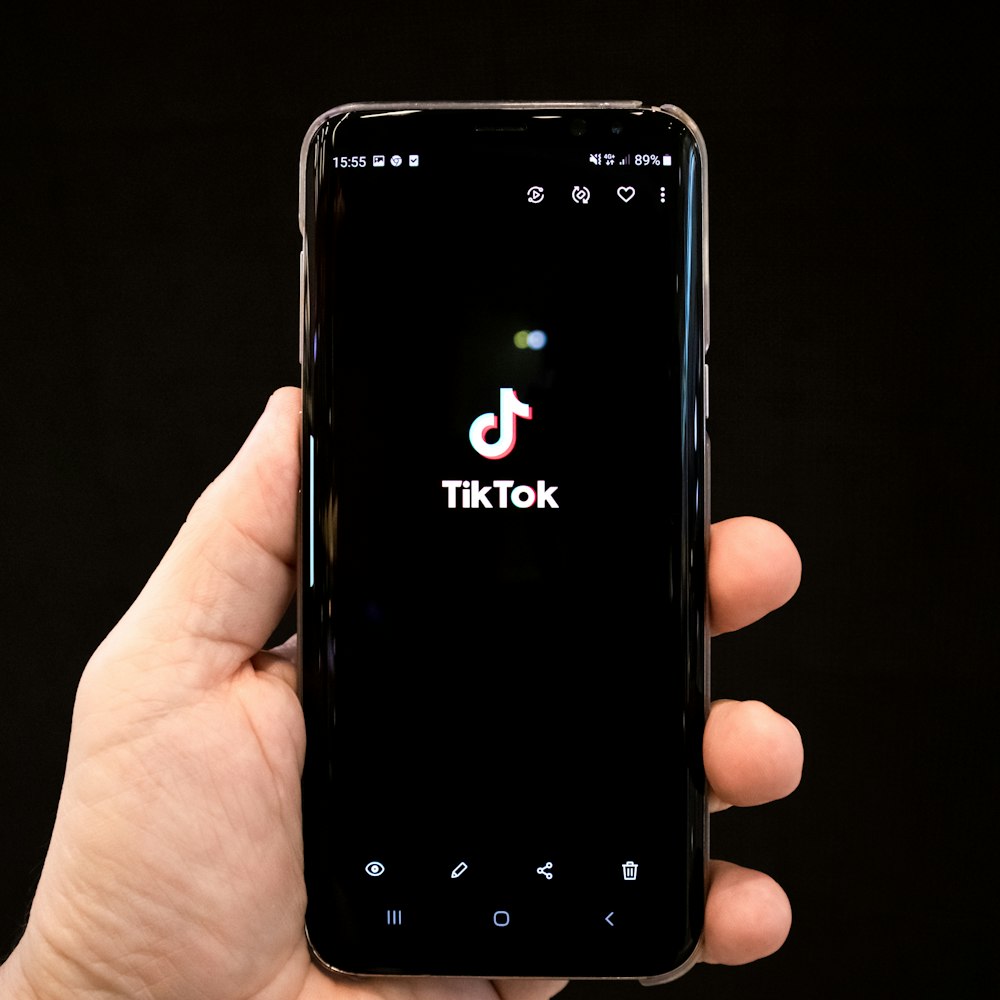The Ultimate Guide to Communicating with Students via Social Media
Kids these days, they’re always on their phones, aren’t they?
Rather than forcing them to give them up and learn the way you learned, why not try something different?
Try working with them with their phones.
This may go against everything you’ve learned, but hear us out.
The attention span of today’s students is about 10-15 minutes. So even if you take away their phones, their minds will be wandering to something else in a short period.
If students' noses are always in their phones, laptops, and tablets, how in the world are we supposed to communicate with them as educators?
If you want to know how to better communicate with your students, we suggest you keep reading.
Social Media Platforms
Students often use social media platforms to communicate with their peer group. This can be tricky for some educators that didn’t grow up with social media and struggle to use the different platforms.
Here’s a breakdown of some of the more popular social media platforms used by students today:
Instagram is a platform where people can post photos with captions. Think of it as a large picture book for a person’s life.
Individuals can tag friends and businesses in their photos, comment on other photos and send DMs (Direct Messages) to people.
TikTok
TikTok is a newer platform that has completely blown up the social media scene. This app became extremely popular during the beginning of the Covid-19 pandemic.
TikTok is a platform where you can post short 30 second videos. Most app users will lip-sync, dub popular sound bites over their video, rant in their car, or just do a fun dance.
With all the extra time during the lockdown, people made mass amounts of content and poured it into TikTok.
Facebook is becoming more popular among the older generation, but there are still a few students who use the platform.
Facebook has morphed into a place to keep track of your friends, join groups and events, message people, and catch up on the news.
Article posting and link sharing frequently occur on Facebook. If a person finds a video particularly interesting, they can post it on their wall for their friends to see.
Twitter is the platform for quick, timely updates. Users can tag other people in their tweets to communicate.
Many people will get news updates through this app and stay updated on current events by following different Twitter accounts.
Linkedin is a less popular platform for communication and is used more for networking purposes. Students can upload their resumes and job hunt through this platform.
Linkedin is a great way to connect with people professionally and keep in touch with them for future reference.
Many people use this platform to post news articles regarding the job industry and innovations being released into the market.
Social Media Jargon
Are some of these social media terms going completely over your head? Don’t worry, let us catch you up on all the social media lingo:
Hashtag
Hashtags look like this: #
They are used to search for specific topics on most social media platforms.
For example, if someone wanted to look at ideas for study sessions, they may search the hashtag ‘#studyhack’ to be connected to study ideas.
Direct Message (DM)
You may have heard students say the term ‘slide into my DMs,’ which simply means messaging via DM. Most social media platforms have a DM option (except Twitter). DMs are private messages but can also be sent to a group of people.

Tag
A tag is different from a hashtag in that it’s tagging people or businesses rather than topics. People can tag other individuals in their posts or products/businesses they’ve tried.
Link in Bio
'Link in bio' is a common phrase used on Instagram. Since it’s not possible to add a link in an Instagram post, people will include a link in their Instagram bio, which is on their personal page at the top.
A bio is simply a place for a person to give a little intro of themselves. So if a person recently wrote a blog and wants to invite people to read it, they may post about it on their Instagram with the caption ‘link in bio,’ and you would know to go check out their personal page to find that link.
Story or Reels
Stories are quick videos on Facebook and Instagram that people can post that disappear in 24 hours. Reels are similar but allow you to record longer segments.
Gifs
Gifs (pronounced like ‘gift’ but without the ‘t’) are typically used when texting. These are clips from a movie or T.V. show
used to convey different emotions. They are often used to replace emojis and actual words.
Memes
Memes (pronounced ‘mee-m’) are still photos that people have taken from popular movies and T.V. shows and placed their own captions on the picture. Sometimes memes are drawings of a trending character.
How to communicate with Students via Social Media
Okay, now that we are all social media gurus, how do we use it to actually communicate with students?
Facebook Groups
Start a Facebook group for your students. This can be a space for them to ask homework questions, organize study groups, and share study tips with their class.
Kids are already on Facebook the majority of the time. Rather than making them send an email, have them send a message to the Facebook group. It’ll be quicker, easier, and more accessible.
You can even post fun memes about education or online learning to keep things light and entertaining.
Start a TikTok
A recent trend has been going around where teachers create fun educational videos for their students via Tiktok. Since their students are already on that platform, they figured they should be too.
Don’t be shy; give it a go! You can even ask your students for tips on how to make a video go viral. Have some fun with it! You can even feature some of your students in a video if they want to join.
The Big Idea: Be top of mind
The idea is to be where the students are. If you aren’t on Facebook, Twitter, Instagram, TikTok, etc., but your students are, how do you expect to stay top of mind for them?
It may seem daunting at first, but start small. Try one social media platform, see how that works, then move to the next. In the end, it’ll be worth it because you’ll be able to connect with your students better and be more top of mind while students are using these platforms.
PhotoStudy Mobile App
PhotoStudy was designed to meet students where they are most of the time, their phones. Rather than jumping on another Zoom call or meeting in person, PhotoStudy allows students to connect with a tutor via texting instantly.
While using this app, students snap a photo of the homework problem they’re struggling with and are connected to a tutor within 5-30 seconds. They text back and forth explaining the problem until the student understands the concept.
Try PhotoStudy today!
Find us on social media:
Instagram: @gotithelp
Facebook: @gotithelp
Linkedin: PhotoStudy
TikTok: @photostudytutoring
Twitter: @photostudy_app





